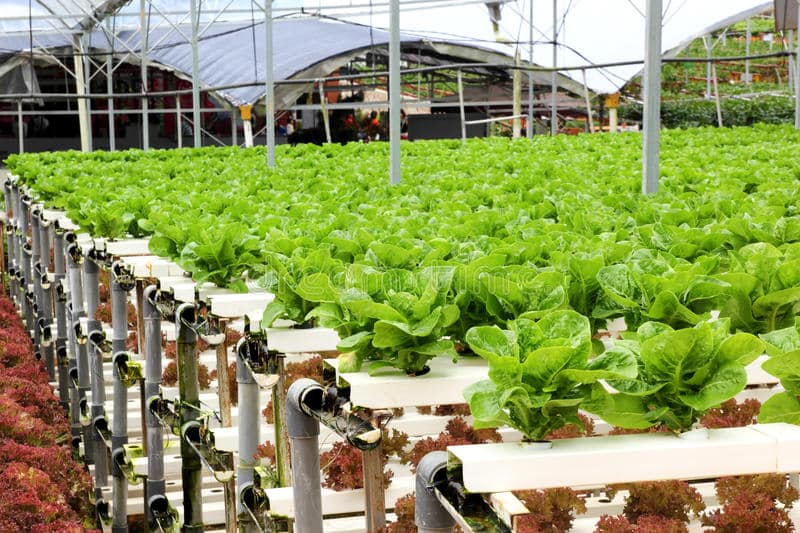ASAL areas move to Hydroponic farming
The County Governments in Arid and Semi-Arid (ASAL) areas are investing in technology as they battle drought. Over the past couple of years, the country has experienced drought in an extreme way and the ASAL areas have been some of the most heavily affected.
Executive Director of California Miramar University-Kenya, Prof Dominic Mwenja spoke on the different food production systems that can be brought in. He placed emphasis on the ASAL areas looking into other ways of feeding their communities beyond relief food distribution.
“The drought that we have in this country can be fought by smart farming. Not simply trucking food to where people are but teaching people how to grow food. No Kenyan should go to bed hungry; greenhouses can be set in very dry areas,” said Prof. Mwenja.
The County Government of Tana River in conjunction with Marimar University has successfully trained 102 youths on hydroponic farming. The trainees are to transition from conventional farming to smart farming.
Prof Mwenia said that the hydroponic unit works through the trough system and does not require the use of soil. However, there is a nutrient delivery system that allows the crop to be fed and receive what it requires. This system is similar to systems used in Israel, primarily a desert with little or no water available.
He went on: “They use the sun to get water and nutrients into the plant. Therefore, we can grow food in Tana River, Turkana, Garissa, and Mandera with our available resources.”
Hydroponic farming uses 20 percent the amount of water that conventional farming would.
Read more about the Hydroponic farming system HERE



